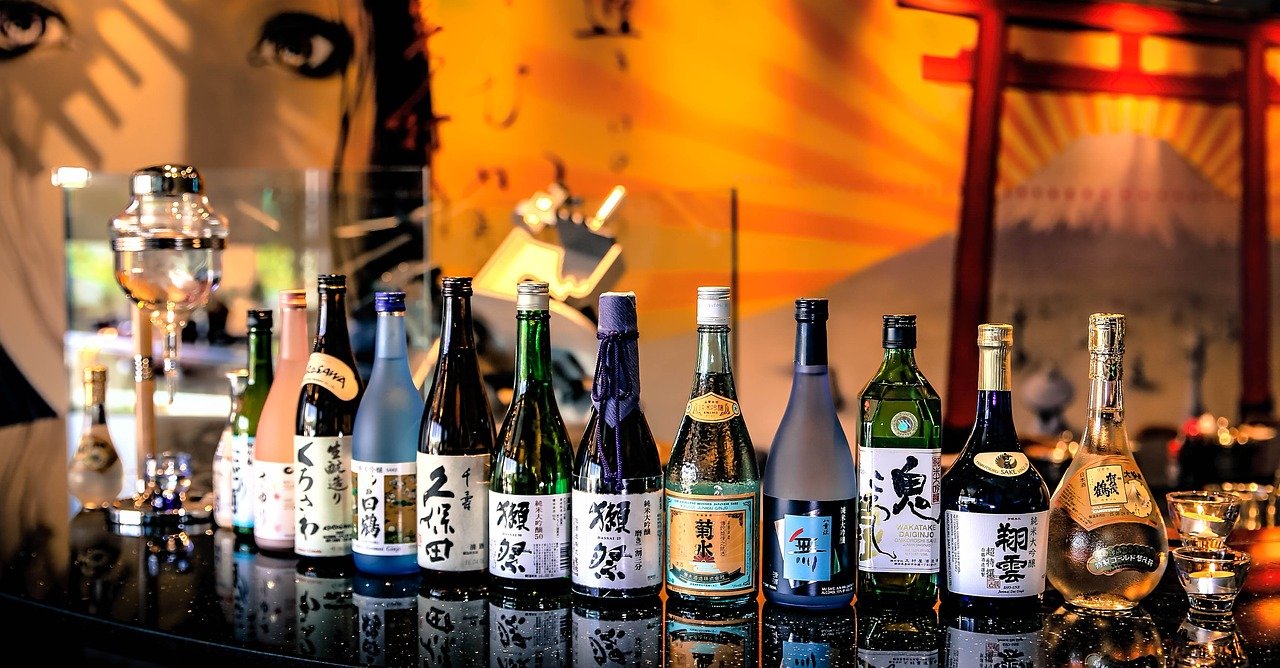Like other spirits used for cooking, the use of sake in cooking is nuanced, meaning you need to have a bit of experience first to arrive at the best results. The best sake for cooking, according to foodies, is drinkable sake, not cooking sake. The sake alcohol content is 16%, which is similar to sherry, which is 16%-18% alcohol.
This makes sake very ideal for cooking, as you don’t have to burn off so much alcohol to get to the point that you have the residual compounds that will flavor the dish. In case you don’t have access to authentic drinking sake, the top brands of cooking sake that you can use are Yutaka, Hinode, or Kikkoman.
However, keep in mind that all cooking spirits have higher sodium content. They are like this because the manufacturers which to preserve the flavors of the sake as much as possible. Additionally, it is a well-known practice that cooking spirits are derived from alcoholic beverages with a lower quality than their drinking variants.
What is the Sake?
Sake is a kind of wine produced by fermenting water and rice. The rice and water combination is brewed, and the naturally-occurring sugars are then transformed into alcohol. The traditional method of processing sake is similar to how beers are manufactured. No small wonder there, as rice is also a type of grain. The ABV of sake brands varies, with the lighter brands bringing 15% ABV while others go up to 20% for a much strong experience.
Why do some people prefer cooking with drinking sake? Drinking sake is the original product, and cooking with it ensures that you’re getting the full sake experience, too. Don’t worry about getting drunk, of course, as heat burns off the alcohol and leaves only the food’s desired flavors.

